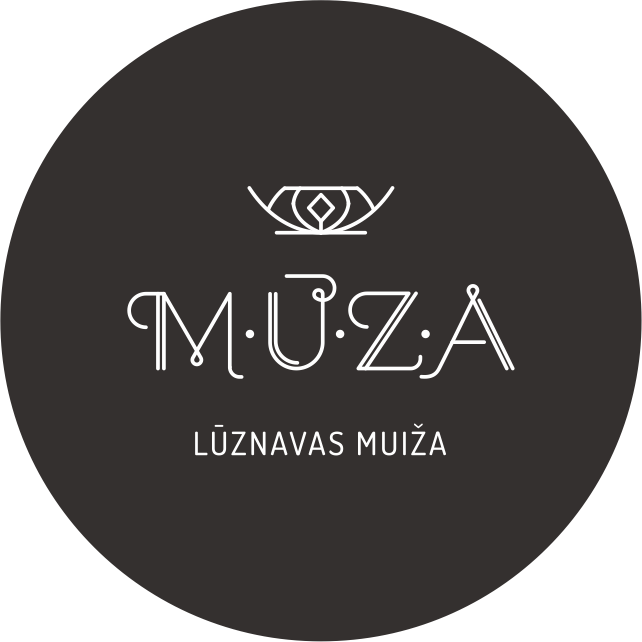LEMON BALM
Latvian: melisa ārstniecības
Medicinal lemon balm is a perennial plant, 30-150 cm tall. The stem is erect,
branched, four-sided. The leaves are heart-ovate with strongly toothed leaf edges.
The flowers are small, on short stems, pale pink, pale purple or white, placed at the
bases of the upper leaves. The plant blooms starting from the second year of life - in
July and August. The fruit consists of four light brown seeds, egg-shaped.
Medicinal lemon balm is often also called lemon mint, because its essential oils
smell like lemon. Melissa has an airy lemon aroma only until the moment of
flowering, after which the smell disappears and remains even unpleasant.
Medicinal lemon balm leaves and tops of the plant are used for medicinal purposes.
The plant for the drug is collected until it blooms, dried in the fresh air in shaded
places or in dryers, not exceeding 40C. It is recommended to store dried drugs in
paper bags in well-ventilated rooms. About 3-4 crops of this plant can be harvested
during one season. It is best to harvest lemon balm in the afternoon when the
weather is cloudy to reduce the loss of essential oils.
MEDICAL SIGNIFICANCE
Medicinal lemon balm has a calming, antispasmodic, sleep-promoting effect. Lemon
balm extracts work effectively as sedatives, which make it possible to reduce the
doses of synthetic agents or to give them up altogether. The sedative and
antispasmodic properties appear when using plant preparations already in small
doses, and further doses do not increase the effectiveness of the effect.
Medicinal lemon balm preparations are considered promising for the treatment of
endotoxic shock and other immunopathological conditions, and when lemon balm is
used in the cold period of the year, it will strengthen the body`s natural defenses.
In folk medicine, medicinal lemon balm is used mainly in case of allergic dermatoses
(eczema, skin itching, neurodermatitis, etc.), also as a diuretic to stimulate digestion
and increase appetite. Externally, poultices, decoctions, teas, and even pureed
leaves of the fresh plant are used for gout, polyarthritis, paralysis, boils, bruises, and
ulcers.
Augu katalogs ir tapis ar Eiropas Savienības finansiālu atbalstu Pārrobežu sadarbības programmas 2014.–2020. gadam projekta LVIII-062 “Versts of Feelings 2” ietvaros


